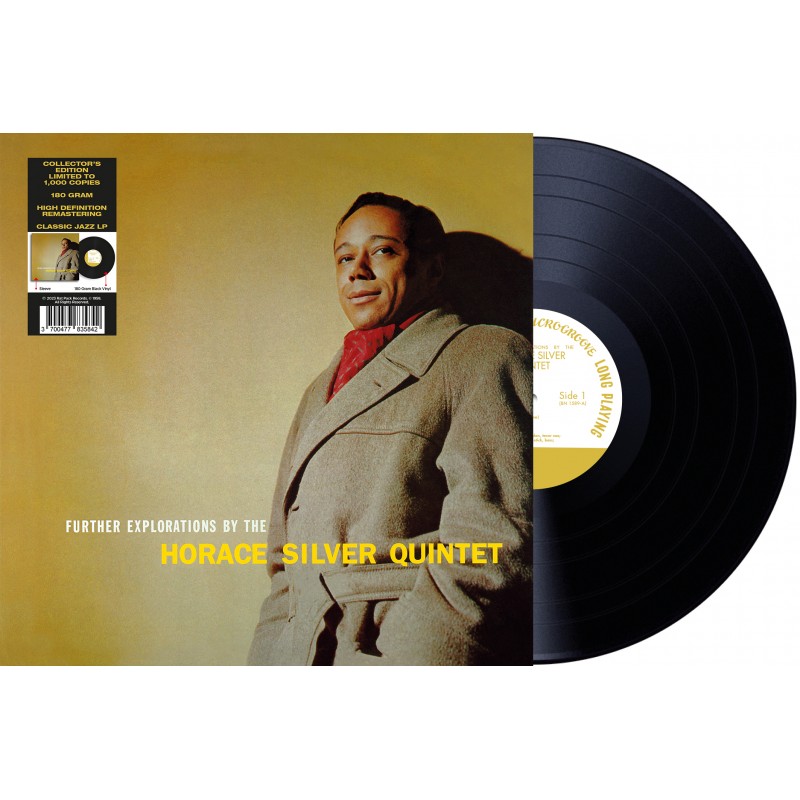Reference




OpenAI's Answer
Horace Silver's compositions evolved significantly over the course of his career, reflecting changes in jazz and his personal artistic development.
-
Early Career and Hard Bop: Silver was a key figure in the development of hard bop, a style that extended bebop by incorporating elements of rhythm and blues, gospel, and blues. His work with Art Blakey and the Jazz Messengers was pivotal in this period, helping define modern jazz styles in the 1950s (source).
-
Signature Sound: Silver's compositions in the 1950s and 60s became known for their catchy melodies and soulful themes. Pieces like "Song for My Father" and "The Cape Verdean Blues" became jazz standards. His music often featured memorable themes and a strong sense of structure (source).
-
1970s and Beyond: In the 1970s and 80s, Silver's music began to reflect more holistic themes. He recorded with his own label, focusing on albums with titles and themes dedicated to self-improvement and growth. His compositions from this period often carried personal and philosophical messages (source).
-
Return to Roots: In his later years, Silver returned to his classic hard bop form with albums like "A Prescription for the Blues," showing a blend of his evolved musical ideas with the traditional styles he helped popularize (source).
Throughout his career, Horace Silver remained a major influence in the jazz world, known for his ability to merge accessibility with complexity, creating music that resonated with both musicians and audiences alike.
Follow Up
Related
How many goals and assists did Ray Bourque score in the 1988-89 season?
What are some key highlights from Carl Eller's college and professional football career?
Which teams did Vítězslav Lavička play for during his football career?
Which clubs did Shunsuke Nakamura play for during his career?
Which teams did James Weaver race for during his career?